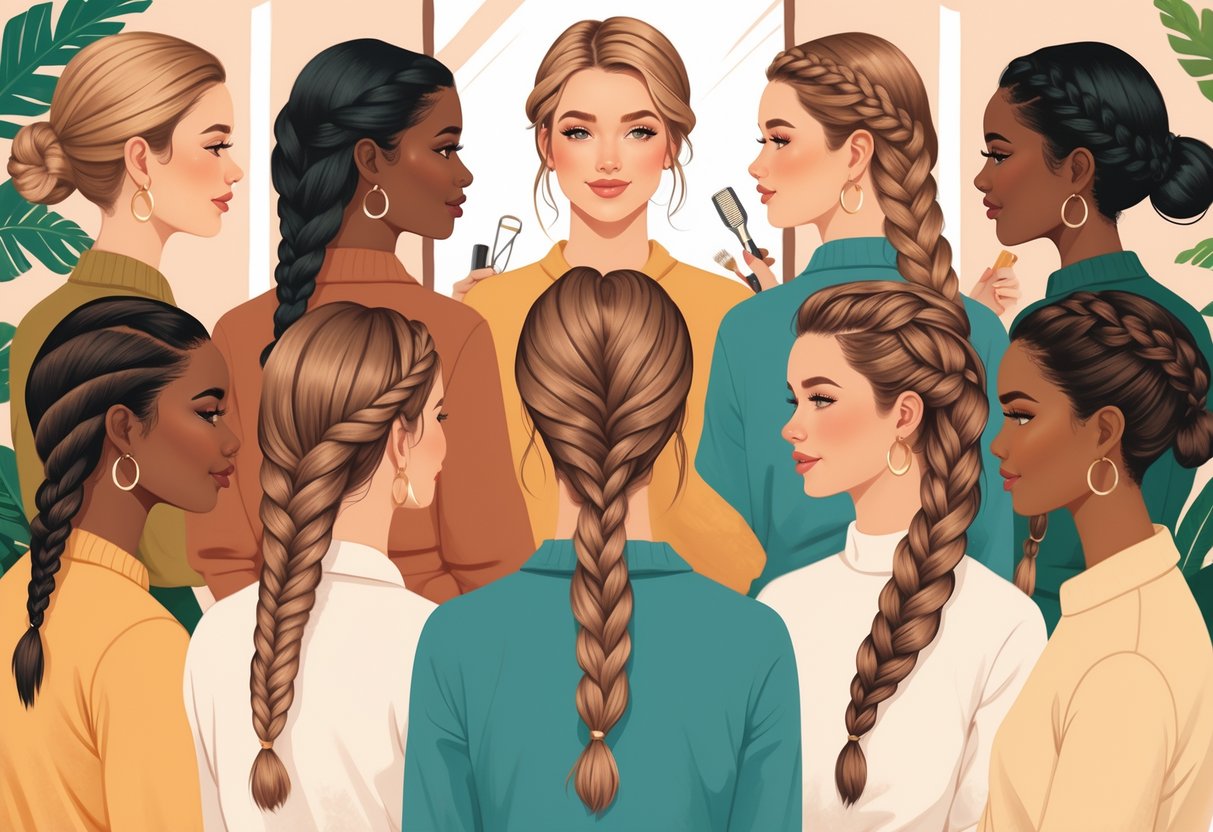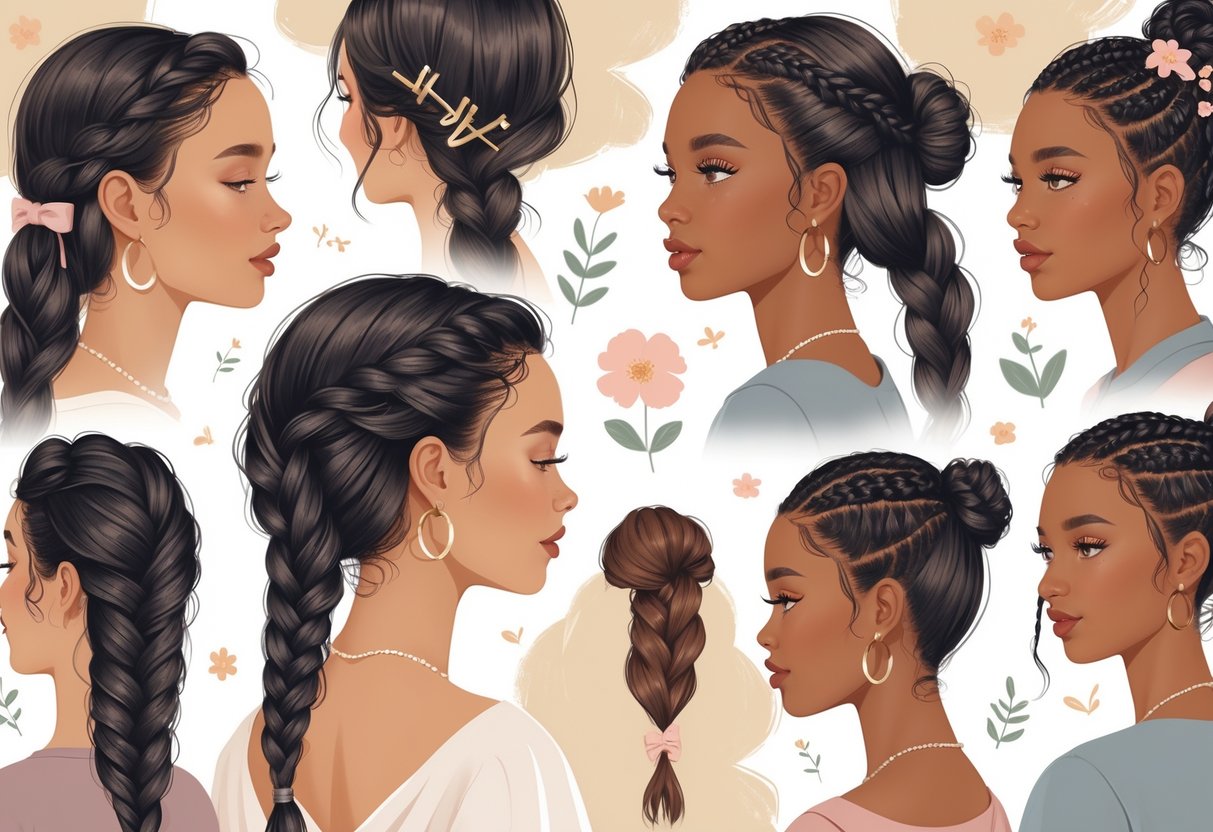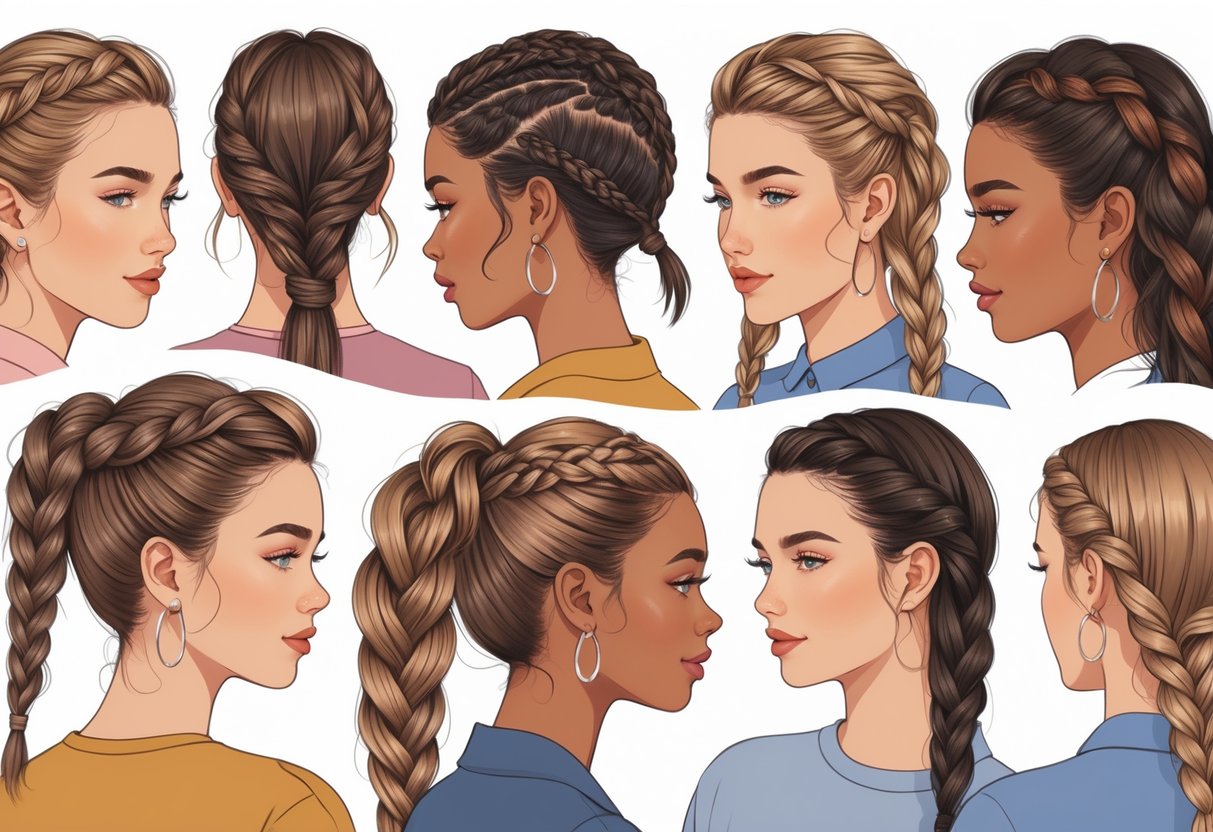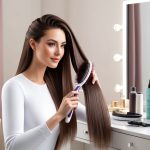
Accessorizing and Finishing Touches

The right accessories and maintenance techniques can elevate even the simplest braided hairstyles. Practical steps for keeping braids neat and handling discomforts like hat hair are key to getting the most out of protective styles.
Incorporating Hair Jewelry
Incorporating hair jewelry can instantly make beginner-friendly braids feel special. Clips, cuffs, and rings are especially popular and easy to add without professional help.
For a polished look, place metallic cuffs or decorative beads evenly along the length of box braids or knotless braids.
Styling options include:
- Gold or silver cuffs for box braids
- Pearl pins for side braids
- Colorful beads at the ends of Dutch braids
When selecting hair jewelry, lightweight and snag-free materials help avoid breakage. It’s best to secure accessories away from the roots to prevent tension.
Hair accessories can also coordinate with outfits or highlight face-framing sections for an extra pop.
Maintaining Braided Hairstyles
Regular upkeep helps extend the life of braided hairstyles and keeps them looking crisp. Washing the scalp with a gentle cleanser and using a light oil or leave-in spray prevents dryness or itching.
Sleeping with a satin or silk scarf minimizes frizz and breakage. Moisturizing sprays containing aloe or light oils are ideal for keeping braids soft.
Avoid heavy creams that can build up at the roots. If edges start to come loose, a small amount of edge control or gel can help tidy the style and create a clean hairline.
For additional tips, see finishing touches that will help your braids last longer and look neater.
Managing Hat Hair with Braids
Hats and braids are a convenient combination, but can occasionally lead to unwanted flatness or frizz. To minimize “hat hair,” opt for loose braids, which are less likely to flatten under a cap.
Consider placing a silk or satin scarf between hair and the hat lining to reduce friction. After removing a hat, gently fluff the roots with fingers to restore volume.
Using a little leave-in conditioner spray can combat static and refresh the braids. For those who wear hats frequently, rotating braid patterns and hat styles can distribute pressure more evenly and help maintain the overall look of the braided hairstyle.
Frequently Asked Questions

Beginner-friendly braided hairstyles let individuals save time during their daily hair routine while still protecting hair health. Many low maintenance options can be done at home with minimal tools and work well for natural, textured, and black hair types.
What are some quick and easy braided hairstyles for natural hair?
Simple options include the classic three-strand braid, French braids, and flat twists done close to the scalp. Chunky box braids and crown braids also work, offering protective benefits and requiring little styling each morning.
Styles like rope twists and double pigtail braids are easy for anyone new to braiding. These styles keep natural hair neat and manageable.
For more inspiration, check out easy beginner friendly braids.
Which braids are considered beginner-friendly for black hair?
Cornrows, jumbo box braids, and feed-in braids are among the most accessible styles for black hair beginners. These styles require minimal products and protect hair from daily wear.
Simple plaits and flat twists are also great for those starting out, as they can be done without professional help. These styles offer long-lasting results.
The ultimate braiding hair FAQ answers more questions related to black hair braiding.
How can I achieve a braided hairstyle that is low maintenance?
Low maintenance braided styles often last several days or weeks and require little daily care. Box braids, Dutch braids, and halo braids are strong options providing protection and cutting back on morning prep time.
Choosing chunky or larger braids helps save time on installation and take-down. Regular moisturizing keeps hair and scalp healthy.
What braided hairstyles are most suitable for doing on oneself?
Three-strand braids, Dutch braids, and ponytail braids are straightforward for individuals to do on their own. Flat twists and pigtail braids also don’t require much expertise or extra hands.
Anyone seeking to start braiding at home can follow step-by-step guides like these beginner braids to practice manageable styles solo.
Which braiding techniques offer the least hair damage?
Loose braids, oversized plaits, and gentle twists are the safest options for minimizing tension on the scalp. Avoid small and very tight braids, which may pull at the roots and cause stress over time.
Opting for feed-in techniques and protective styles ensures strands remain intact and healthy during wear.
What are the fastest braiding styles to execute for a busy routine?
Basic ponytail braids, two-strand twists, and double Dutch braids can be completed in minutes.
Large box braids or jumbo cornrows also save time on both braiding and maintenance.
Mermaid braids and braid buns work well for quick styling without compromising on visual impact or hair health, as seen in many easy braid tutorials.



